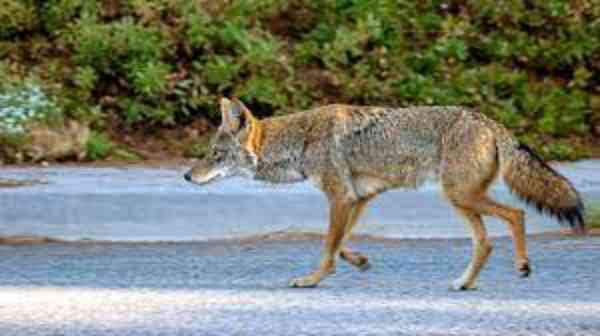Coyotes are one of the most versatile creatures found in Texas. From desert terrain to suburban neighbourhoods, they have managed to thrive and increase in numbers over the past few decades. They aggressively defend their territories and hunt small to medium-sized prey such as rodents, rabbits, and birds. Despite what many may think, coyotes can actually be beneficial to humans if properly managed; controlling fawn populations, eating rodent pests, and scaring away larger predators that could present a much larger threat.
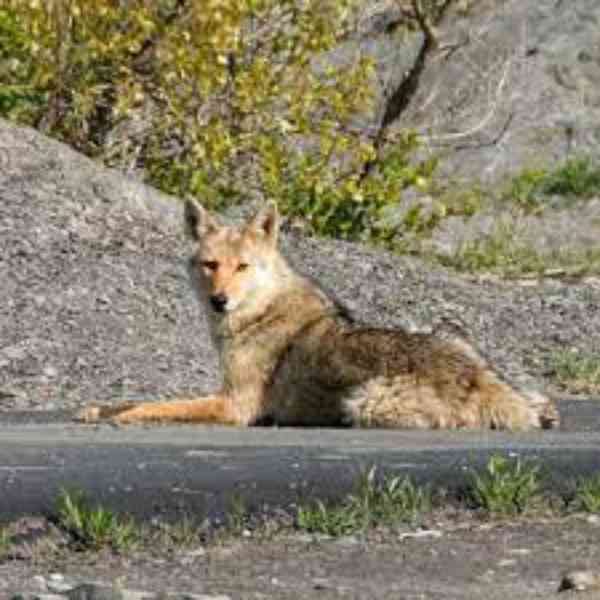
Table of Contents
Habitat
Texas offers coyotes a wide variety of habitats to call home. These adaptable canines are found in open grasslands, woodlands, brush-land, and even landscapes dominated by humans. This species also exists in almost all parts of Texas – from the Big Bend area to the Rio Grande Valley. Coyotes tend to avoid thick forests and dense oak mottes, instead preferring open areas such as prairies or wetlands. Regardless of habitat, they often make their homes near water sources like a stream or ponds. A 2006 survey predicted there were approximately 800,000 coyotes statewide which confirms the adaptability and success of this species wherever they reside in Texas.
Diet
Coyotes in Texas generally consume a very varied diet. They feed on small mammals such as mice and voles, but also enjoy eating fruits like berries and apples, insects, reptiles and ground-dwelling birds. Plant matter such as grass or even corn may also be taken advantage of when the opportunity arises. Deer carrion can be an important food source for these opportunistic animals. The diet of coyotes largely depends on the season and availability of different food sources. As they are nocturnal animals, coyotes are known to scavenge pastures at night as well as hunt during both day and night depending on their needs in order to survive.
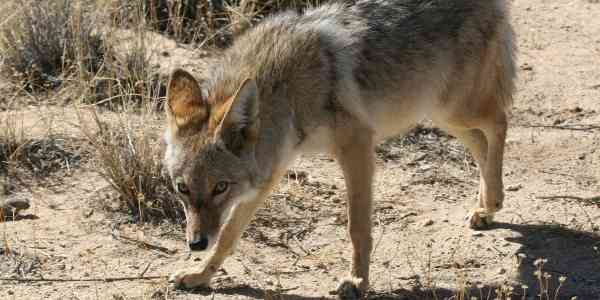
Colour
The colour of coyotes in Texas is as varied as the landscape. Depending on where they are found they can be a sandy colour, blonde, silver-grey, or reddish-brown. They may also have a few markings – pale underbelly and legs and dark bands along their backs. Coyotes are adapted to their environment and so the colour of their fur and their markings can provide camouflage. This helps them to hide from predators and scout out potential prey with ease.
Size, Lifespan and Weight
The average size of these creatures is between four and six feet long, depending on their age and gender. These animals live anywhere from ten to thirteen years but some can reach nearly fourteen years in age. The average weight of an adult coyote is only 30 pounds but this varies again depending on the sex of the animal and which specific breed it belongs to.
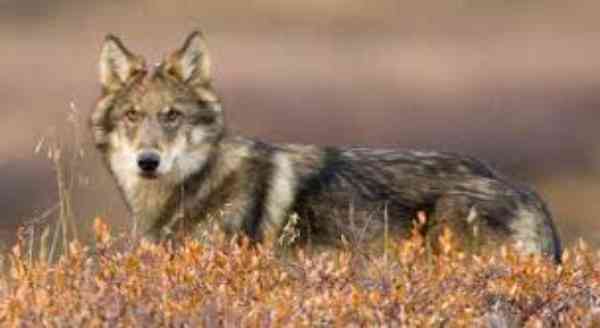
Predators
Coyotes are native to Texas and a common predator within the ecosystems of this state. However, coyotes have many predators of their own in the Lone Star State. Coyotes must be aware of foxes, badgers, bobcats, eagles, owls, mountain lions and wolves who may hunt them for food or defend their young against attack. While coyotes may still thrive in their habitats, they must remain constantly on guard against any threats posed by these animals.
Reproduction
Coyotes in Texas are capable of reproducing throughout the year, with a peak in births during Springtime. Female coyotes typically give birth to their litters of offspring within a den. Litters usually consist of 5-6 pups and both parents are involved in raising and protecting them. As they grow, the family unit begins to search for food together but will separate from each other at around eight months old when the pups become independent.
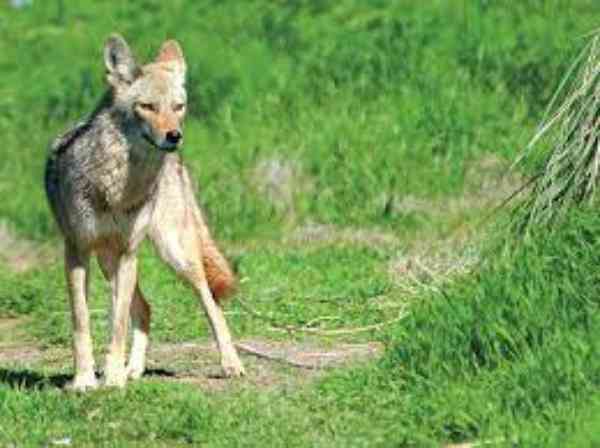
Coyotes in Texas size
Coyotes are often seen as a nuisance in some parts of the United States, but they play an important role in their native environments. In Texas, coyotes can range from 25 to 35 pounds and typically reach a height of 20 inches. While this is smaller compared to other wild animals in the region, coyotes are known for their remarkable agility and wide-ranging diet that helps them adapt to different ecosystems.
Coyotes in Texas hill country
Coyotes. Also known as ‘The song Dog’, Coyotes arrived in this area over a hundred years ago from south of the Rio Grande River. An adaptable species, they quickly adjusted to hills and plains alike, using their natural habitat optimal skills like stealthy movements, keen senses and the ability to survive on limited food supplies. And although they have been criticized by local farmers for preying on smaller livestock, they have also served many beneficial purposes – like helping keep populations of small rodents low which can help protect grain fields.
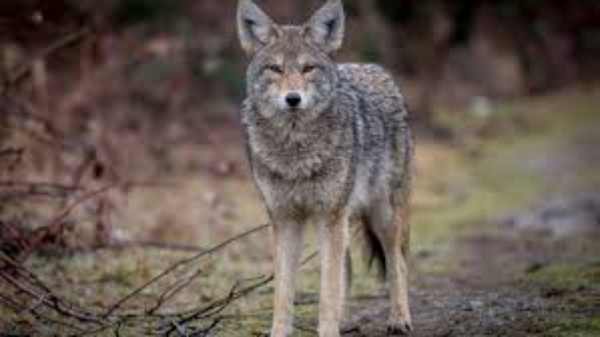
Are Coyotes in Texas dangerous?
Coyotes in Texas are an interesting species, coexisting since ancient times with today’s expanding human population. While they are capable of causing minor property damage, they generally steer clear of humans and stray pets in residential areas. Coyotes are most active at night, trying to avoid human contact as much as possible so incidents involving direct contact with people are rarer. Reports state there is no record of a coyote attack on a human in the state, but attacks on small animals may occur if not careful.
References:
https://tpwd.texas.gov/huntwild/wild/species/coyote/
https://www.humanesociety.org/resources/coyote-hazing

Jeevan Kodiyan
An animal enthusiast with an interest in zoology, studying the behavior and activities of animals in the wild habitat. I work on research projects related to species conservation and endangered species protection. I also leverage zoology to become an educator, educating others about the importance of protecting our natural environment and the beauty of animals in their natural habitats.

